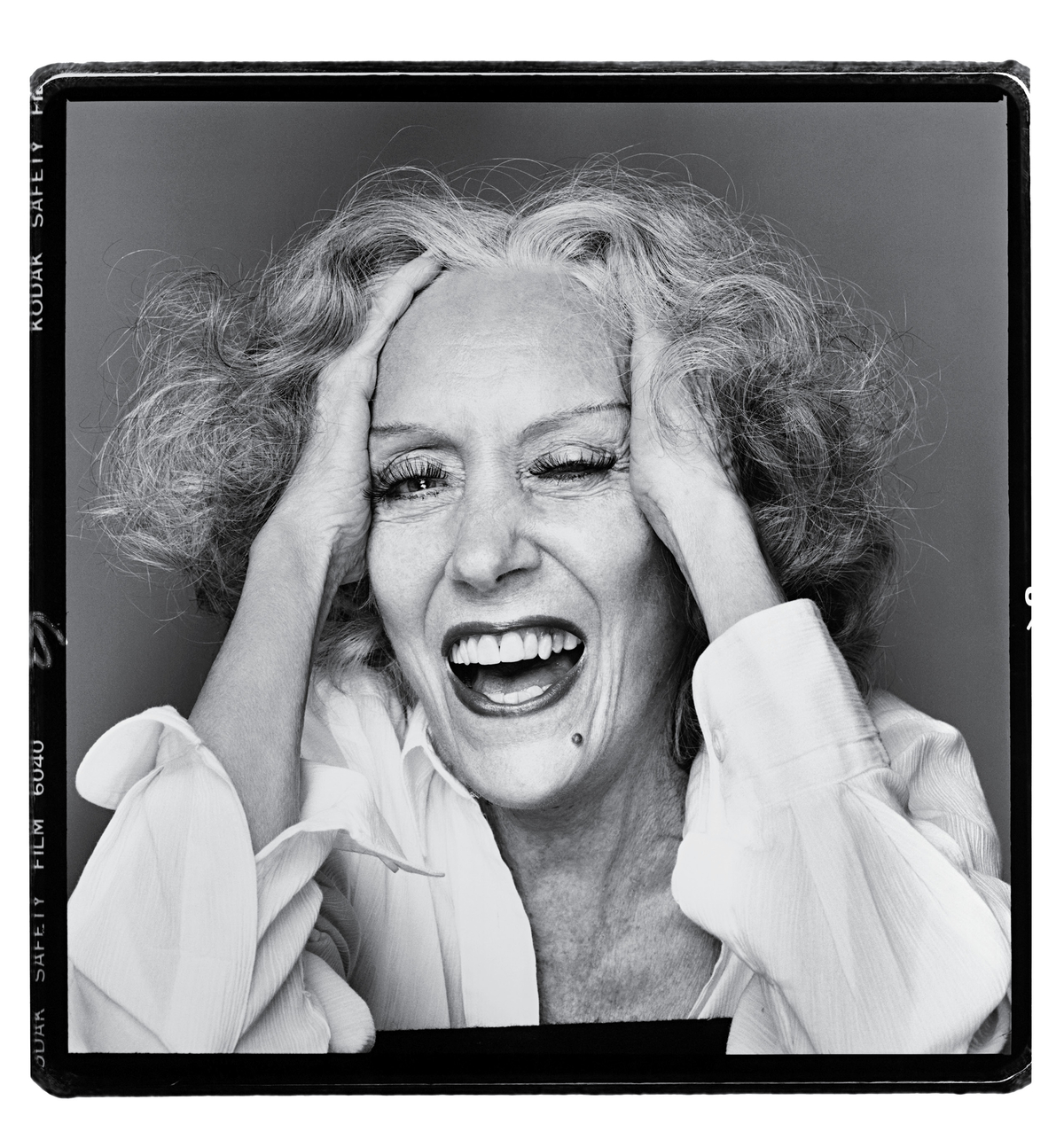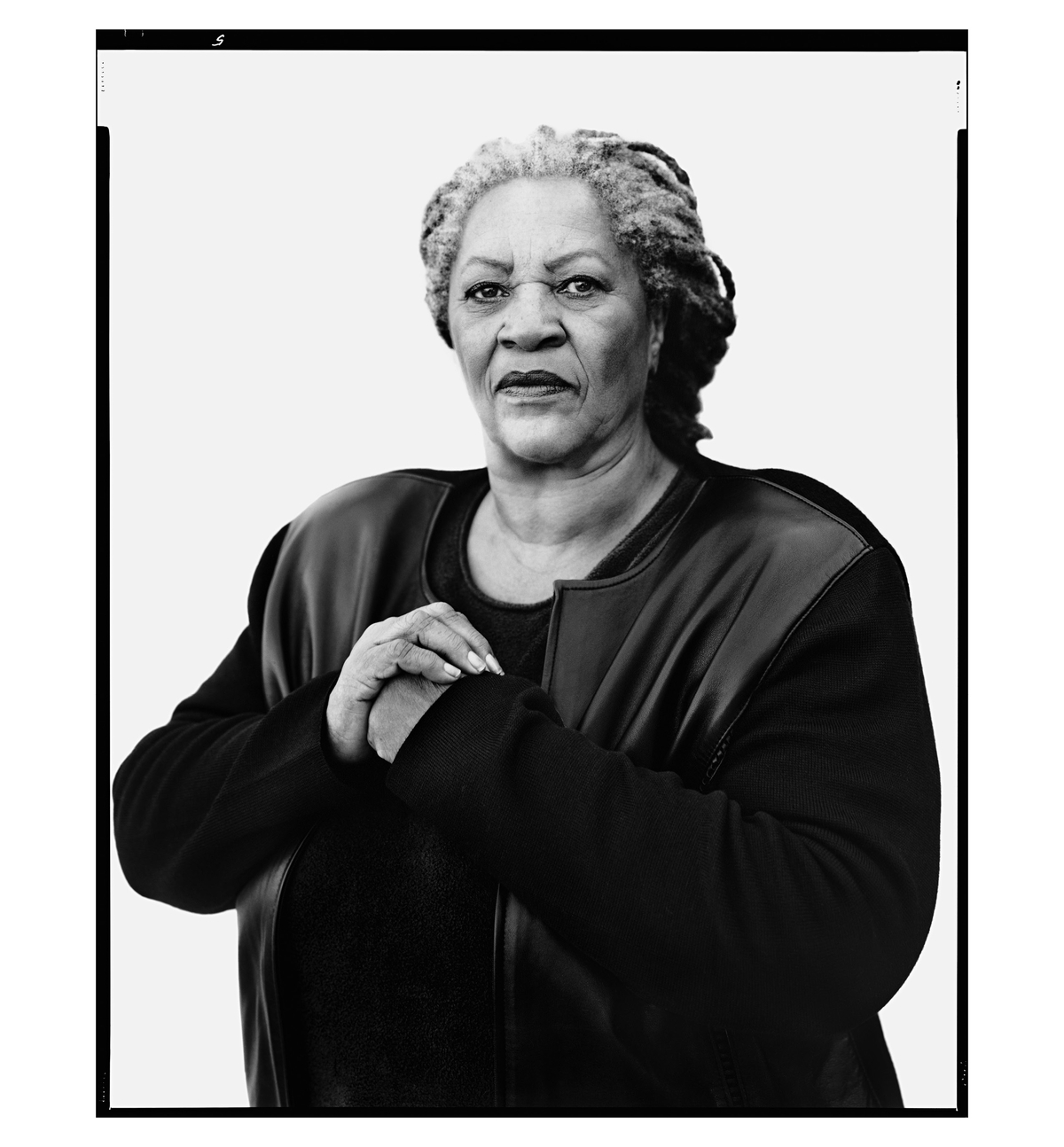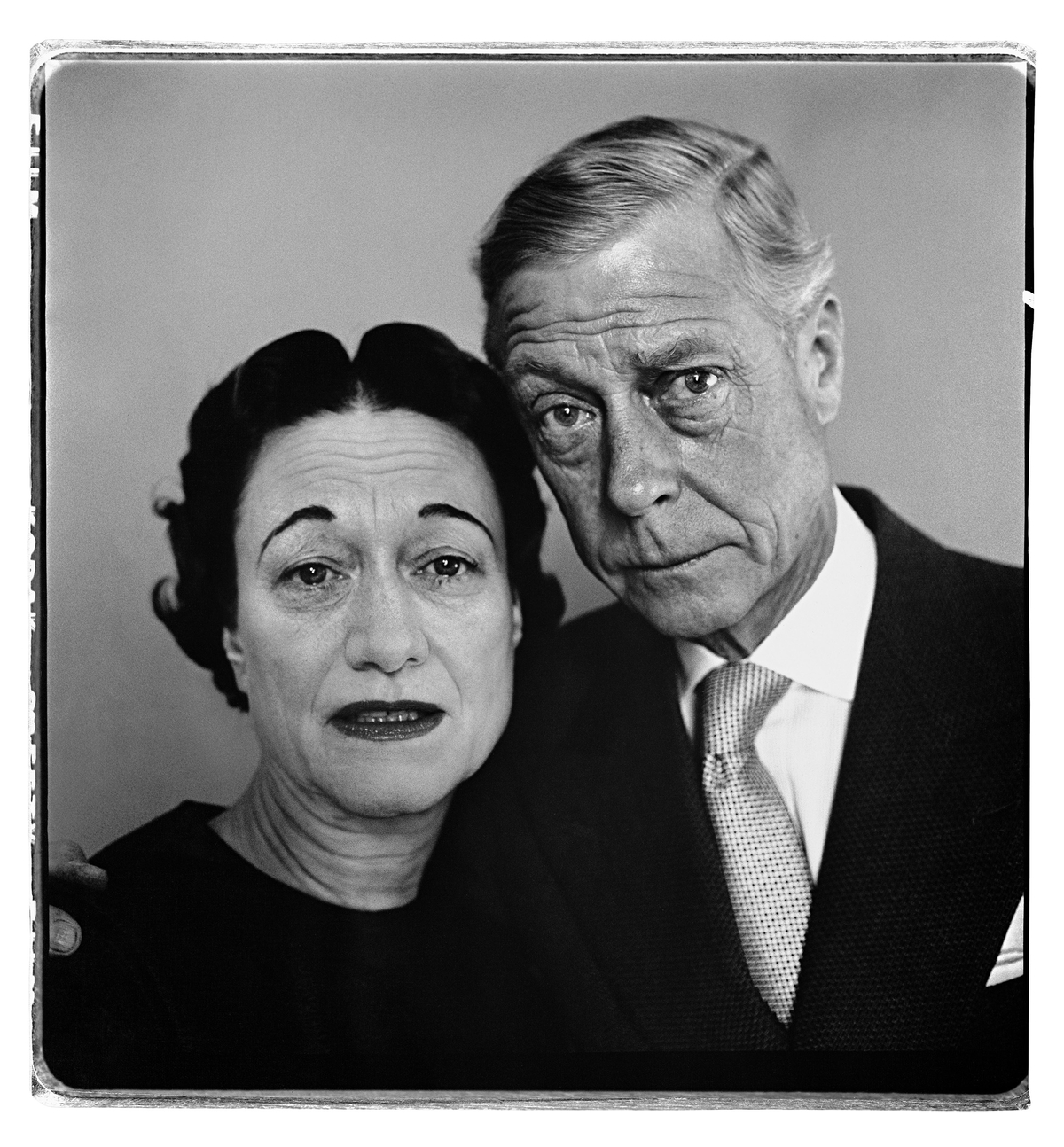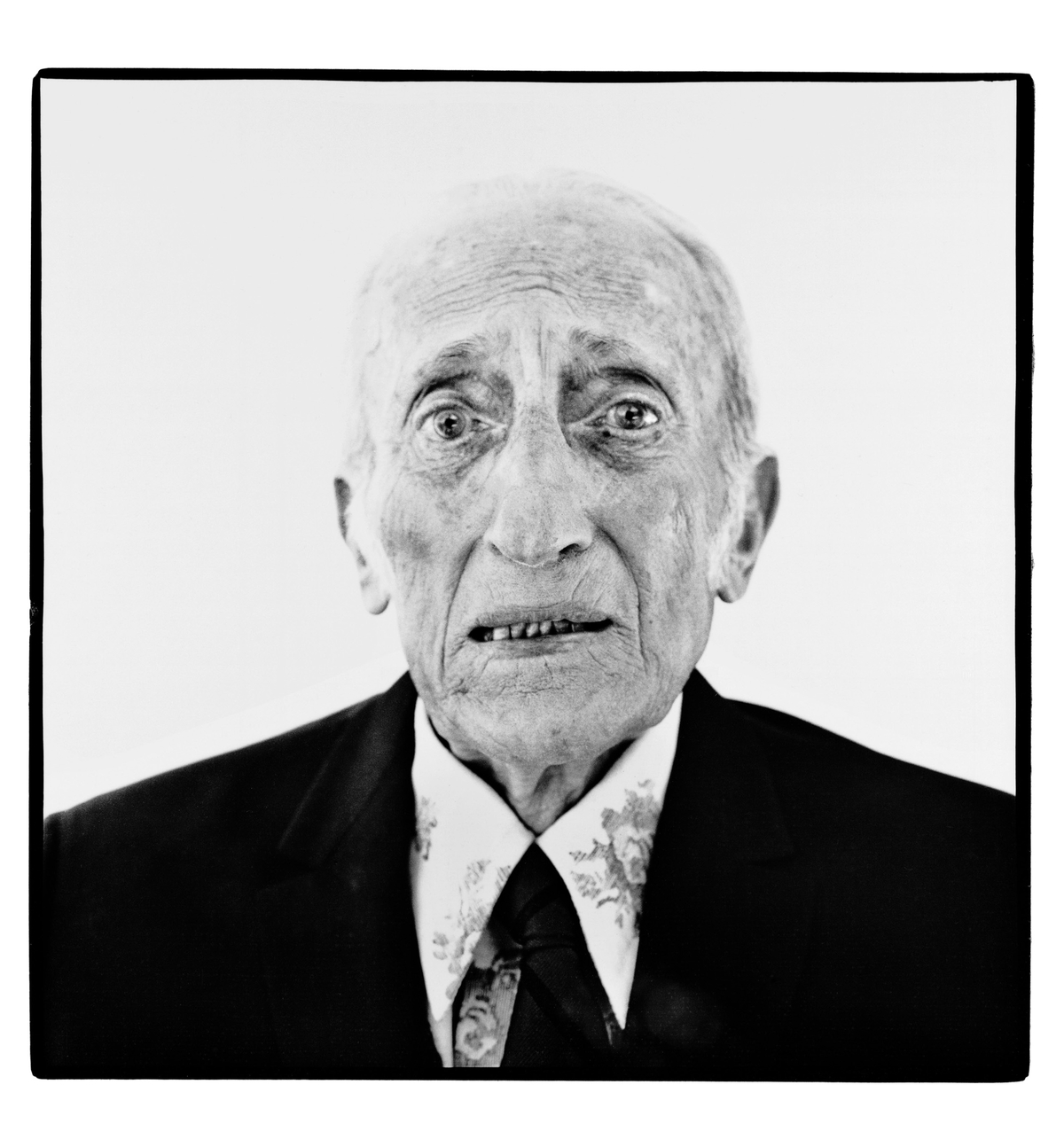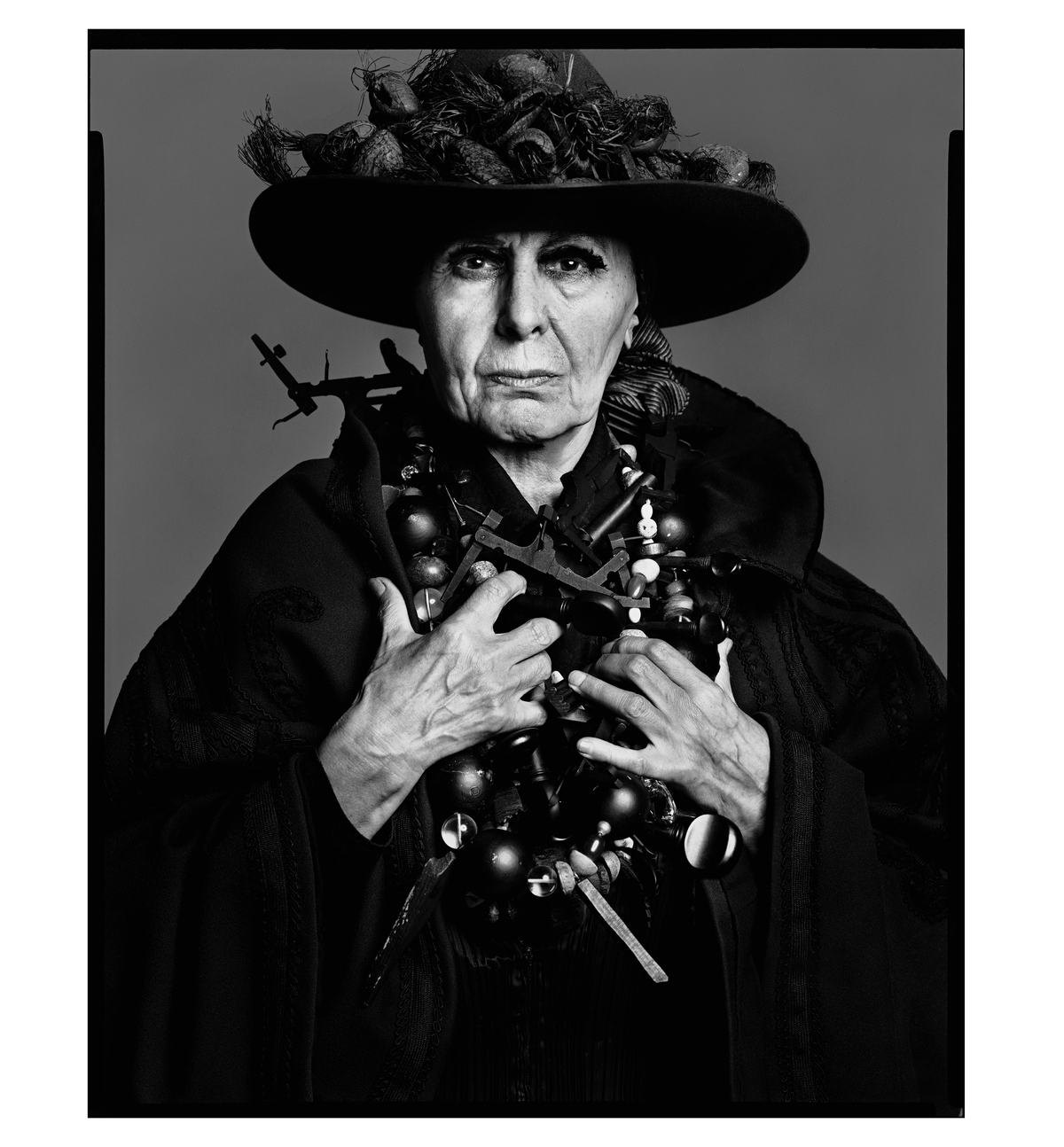If the renowned fashion-and-portrait photographer Richard Avedon had listed his relationship status with cameras on Facebook—a platform launched just months before his death, in 2004—he likely would have chosen “It’s complicated.” As he confessed in his book with Truman Capote, Observations (1959), “I hate cameras. They interfere, they’re always in the way. I wish: if I just could work with my eyes alone!”
Given that Avedon went from a Kodak Brownie, which he used as a tween member of the Young Men’s Hebrew Association Camera Club, to the Rolleiflex twin-lens he used to shoot his first assignment for Harper’s Bazaar’s Junior Bazaar (after finally landing a meeting with the magazine’s art director, Alexey Brodovitch, on his 14th try), to the large-format, 8-by-10 view cameras he used for portraits, you’d expect him to think of a camera as an extra limb. Not Avedon. He sought to capture something more than the subject in front of the lens.

In his fashion work, it was power, beauty, and youth. These qualities are alive in Avedon’s Dovima with Elephants, a quintessential fashion photograph from 1955 that shows the model in a black Dior evening gown, sashed white at the waist, posed like Athena between restless elephants from Paris’s Cirque d’Hiver.
Later in his career, Avedon chose to portray not beauty and youth but what he called “the avalanche of age,” highlighting his subjects’ wrinkles, crow’s-feet, liver spots, and stiffened shoulders. A striking example is the portrait series of his dying father, Jacob Israel Avedon. Using black-and-white film, he shot in a stark light against an empty background.
Many critics interpreted this approach, in the words of The New Yorker’s Adam Gopnik, as “a photographic ‘revenge’ against his famous subjects, or an act of artistic penance for his elevation of youth.” Avedon said that the raw images represented “what it is to be any one of us.”
This wing of the photographer’s work is the subject of a new book, Richard Avedon Immortal: Portraits of Aging, 1951–2004, edited by Paul Roth, the former director of the Richard Avedon Foundation. With a foreword by Gopnik, texts from other writers, and nearly 100 portraits of cultural luminaries, this handsome book shows us why Avedon himself is immortal. —Carolina de Armas
Carolina de Armas is a Junior Editor at air mail

